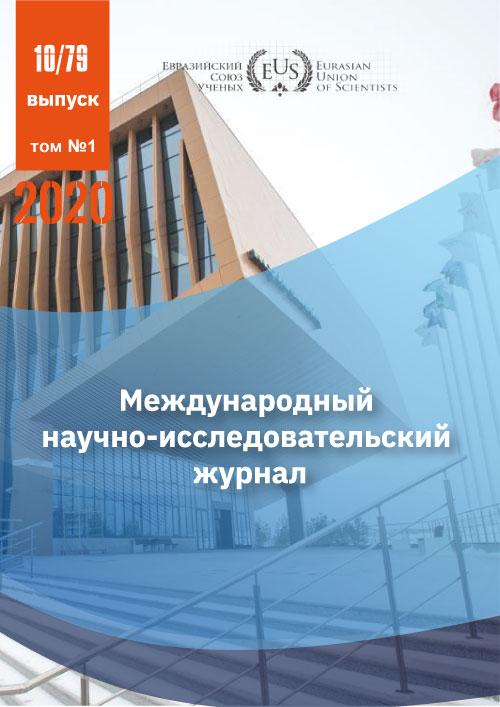IMMERSIVE TECHNOLOGIES IN A HIGHER SCHOOL IN THE MODERN DIGITAL REALITY
Abstract
Immersive technologies and virtual reality technologies have become a powerful and promising tool in education due to their unique technological characteristics that distinguish them from other it applications. In the higher education system the coronavirus pandemic (COVID-19) has played a role as an accelerator for the use of all forms and methods of e-learning. Mobile learning (m-learning) is characterized in the context of "smart" education, which has become one of the most viable and popular in terms of flexibility in the organization of the educational process and access to educational resources, virtualization in training. Also, mixed (hybrid) educational technologies that allow e-learning at the transition stage from their use to implementation. Providing the latest statistical data on the degree of penetration of Kazakhstan users into the mobile Internet and its development the advantages of an innovative form of education are revealed in the context.
References
2. Sanchez-Vives, M. V., & Slater, M. (2015). From presence to consciousness through virtual reality. Nature Reviews Neuroscience, 6(4), 332-339. doi:1038/nrn1651
3. Beloglazov A.A., Beloglazova, L.B., and others. Using m-learning technologies in higher education: problems and prospects //Bulletin of the peoples' friendship University of Russia Series: Informatization of education. 2018. Vol. 15. № 4. Pp. 432-442.
4. Andryukhina L. M. telepresence Technologies – a new creative platform for the development of education / / Fundamental research. 2013. no. 10-12. pp. 2754-2759.
5. Sergeev S. F. Virtual simulators: problems of theory and methodology of design / / Human-machine systems. 2015. № 2 (8). Pp. 15-20.
6. Dunleavy, M., Dede, C., & Mitchell, R. (2009). Affordances and limitations of immersive participatory augmented reality simulations for teaching
7. Paskova A. A. Features of e-learning of personnel at small and medium-sized businesses / / Digital transformation. 2019. № 3 (8). pp. 17–22.
8. Odinokaya M. A., Popova N. V. Modern technologies of interactive learning in a multidisciplinary University. - St. Petersburg: Polytechnic University publishing house 2018. - 257 p. 9. Mikropoulos, T. A., & Natsis, A. (2011). Educational virtual environments: A ten-year review of empirical research (1999-2009). Computers and Education, 56(3), 769-780. doi:10.1016/j.compedu.2010.10.020
10. Dede, C. (2009). Immersive interfaces for engagement and learning. Science, 323(5910), 66-69. doi:10.1126/science.1167311
11. Hew K.F., & Cheung, W.S. (2010). Use of three-dimensional (3-D) immersive virtual worlds in K12 and higher education settings: A review of the research. British Journal of Educational Technology, 41(1), 33-55. doi:10.1111/j.1467-8535.2008.00900.x 12. Dunleavy, M., Dede, C., & Mitchell, R. (2009). Affordances and limitations of immersive participatory augmented reality simulations for teaching
13. Cummings, J. J., & Bailenson, J. N. (2016). How immersive is enough? A meta-analysis of the effect of immersive technology on user presence. Media Psychology, 19(2), 272-309. doi:10.1080/15213269.2015.1015740
14. Potkonjak, V., Gardner, M., Callaghan, V., Mattila, P., Guetl, C., Petrović, V. M., & Jovanović, K. (2016). Virtual laboratories for education in science, technology, and engineering: A review. Computers and Education, 95, 309-327. doi:10.1016/j. compedu.2016.02.002
CC BY-ND
A work licensed in this way allows the following:
1. The freedom to use and perform the work: The licensee must be allowed to make any use, private or public, of the work.
2. The freedom to study the work and apply the information: The licensee must be allowed to examine the work and to use the knowledge gained from the work in any way. The license may not, for example, restrict "reverse engineering."
2. The freedom to redistribute copies: Copies may be sold, swapped or given away for free, in the same form as the original.







